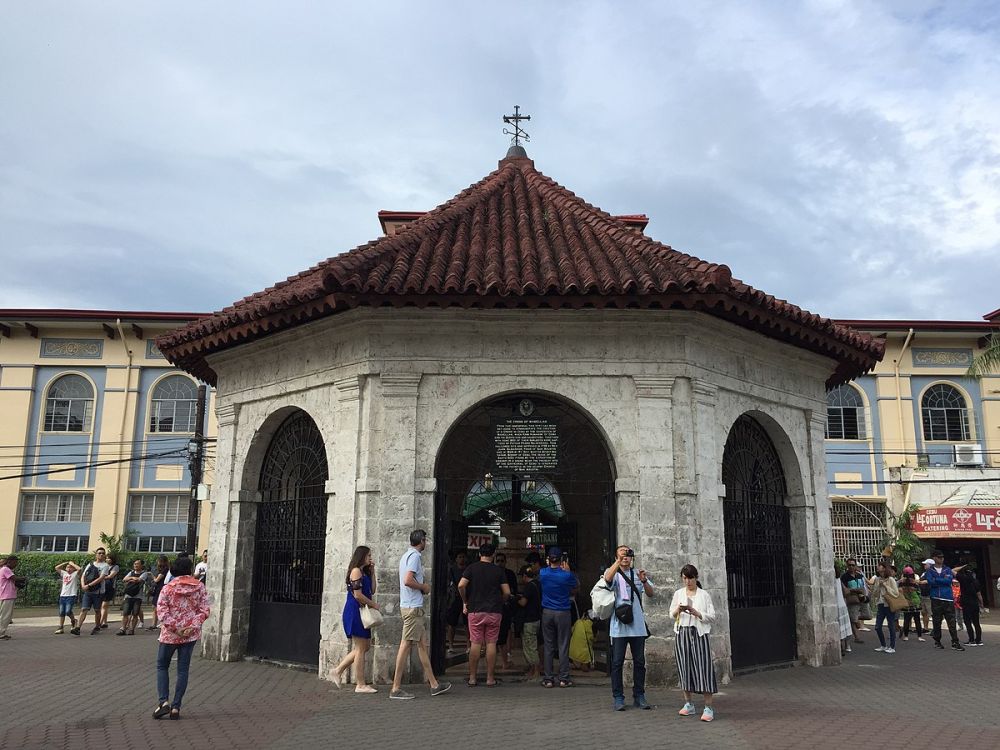

Magellan's Cross holds a pivotal place in the history of the Philippines, symbolizing the advent of Christianity in the region. Planted by Portuguese and Spanish explorers led by Ferdinand Magellan upon their arrival in Cebu in 1521, this cross is reputed to be the very same or a facsimile of the cross erected by Magellan. This event marked the beginning of the Spanish colonization that lasted for more than three centuries and heavily influenced the Filipino culture.
When Magellan landed on the shores of Cebu, his goal was not only to find new trade routes but also to spread Christianity. The planting of the Cross was followed by the baptism of Rajah Humabon, the ruler of Cebu, along with his wife Queen Juana and several hundreds of their subjects. This mass conversion is celebrated every year in the Sinulog Festival, a cultural and religious festival that takes place in Cebu City, attracting both pilgrims and tourists from around the world.
Today, Magellan's Cross is housed in a chapel next to the Basilica Minore del Santo Niño on Magallanes Street, named after Magellan himself. Despite debates about the authenticity of the Cross, with some historians speculating that the original may have been destroyed or that the current cross is merely a representation, it remains an object of reverence for the Filipino people and a historical landmark for travelers interested in the country's colonial past.
In recent years, the local government and tourism bodies have focused on the preservation and protection of Magellan's Cross, ensuring that this historical artifact, and the chapel that houses it, remain intact for future generations of visitors. Additionally, tourism trends in the area have diversified, including island-hopping adventures, culinary tours, and heritage walks that encompass not only Magellan's Cross but also other historic spots in Cebu City.
Travelers looking to experience a piece of Philippine history and culture will find Magellan's Cross an essential stop on their journey. Its central location in Cebu City makes it easily accessible and the perfect starting point for a deeper exploration of the island's rich historical and cultural tapestry. As the cradle of Christianity in the Philippines, it offers insight into the profound impact that both the religion and Spanish influence had on shaping the contemporary identity of the Filipino people.
For those planning to visit Magellan's He Cross, it is recommended to combine the trip with a visit to the adjacent Basilica Minore del Santo Niño and the nearby Cebu Metropolitan Cathedral. Several other points of interest, including Fort San Pedro and the Cebu Heritage Monument, are also within walking distance. As with most heritage sites, respectful attire and behavior are expected from visitors.